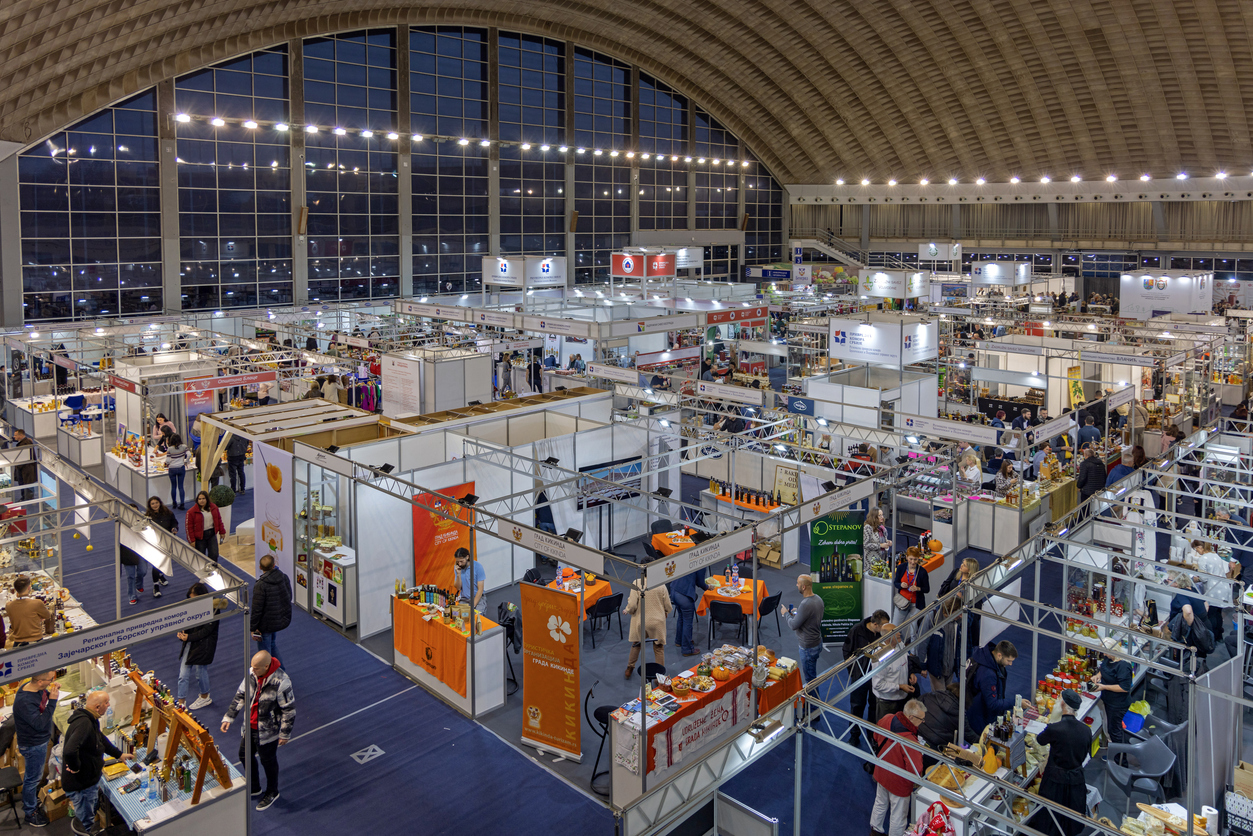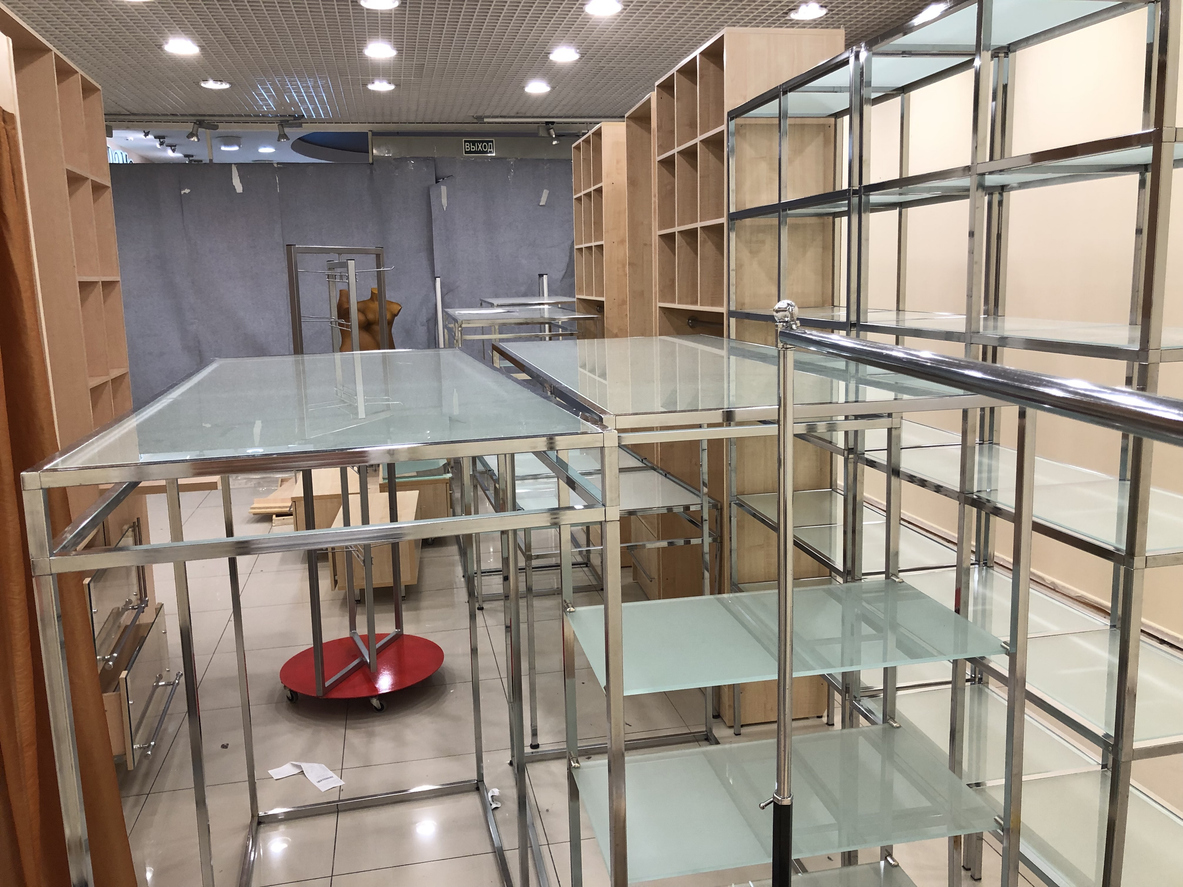How to Ensure the Quality of Non-fillet Frozen Fish from Morocco with Wigmore Trading
How to Ensure the Quality of Non-fillet Frozen Fish from Morocco with Wigmore Trading
Are you tired of settling for subpar frozen fish that always seems to disappoint? Look no further than Wigmore Trading, your go-to source for high-quality non-fillet frozen fish from Morocco. With their commitment to sustainability and rigorous quality control measures, you can trust that every bite of their seafood will be fresh and delicious. In this blog post, we’ll dive into the steps Wigmore takes to ensure the quality of their products and share some tips on how to prepare them for maximum flavor. Get ready to upgrade your seafood game with Wigmore Trading!
Introduction to Non-fillet Frozen Fish from Morocco
When it comes to non-fillet frozen fish from Morocco, the quality of the product is very important. Wigmore Trading is a company that specializes in sourcing and exporting the highest quality seafood from around the world, and we are proud to offer our customers non-fillet frozen fish from Morocco.
The process of freezing non-fillet fish is different than freezing fillets, and it is important to understand this difference in order to ensure the quality of the final product. Non-fillet frozen fish from Morocco are typically frozen whole, which means that they still have their bones and skin intact. This type of freezing preserves the flavor and texture of the fish better than filleting and then freezing them would.
Once the fish are caught and brought to our facility, they are immediately immersed in a cold brine solution. This helps to further preserve the quality of the fish by preventing freezer burn. The fish are then placed in individual bags and flash frozen at -40 degrees Celsius. This quick freezing process ensures that each individual fish stays fresh and delicious.
The non-fillet frozen fish from Morocco are packed into boxes with dry ice and shipped directly to our customers. We work hard to ensure that our customers receive the freshest, highest quality seafood possible, and our non-fillet frozen fish from Morocco are no exception!
Steps for Ensuring Quality of Non-fillet Frozen Fish from Morocco
There are a few key steps that must be followed in order to ensure the quality of non-fillet frozen fish from Morocco. First, it is important to source the fish from a reputable supplier who has experience in exporting to Morocco. Second, the fish must be properly processed and stored at a temperature that is below freezing. Third, the fish should be inspected for quality before it is shipped to Morocco. Once the fish arrives in Morocco, it should be stored in a cool, dry place until it is ready to be used.
Benefits of Working with Wigmore Trading for Non-fillet Frozen Fish from Morocco
When it comes to sourcing non-fillet frozen fish from Morocco, there are a number of benefits to working with Wigmore Trading. We have over 25 years of experience in the seafood industry, and our team has developed strong relationships with suppliers in Morocco that allow us to source the highest quality product at the most competitive prices.
In addition, we offer a number of value-added services that can help to streamline your operations and reduce costs. For example, we can provide pre-packing and labeling services, as well as arrange for door-to-door delivery to anywhere in the world. We also offer a range of financing options to help you manage your cash flow.
If you’re looking for a reliable partner to source non-fillet frozen fish from Morocco, contact Wigmore Trading today. We’ll be happy to discuss your specific needs and requirements, and provide you with a tailored solution that meets your budget and timelines.
How to Store and Package Non-fillet Frozen Fish from Morocco
When it comes to storing and packaging non-fillet frozen fish from Morocco, there are a few things you need to keep in mind in order to ensure the quality of your fish. First, you need to make sure that the fish is properly cleaned and gutted before it is frozen. If the fish is not properly cleaned, it can spoil quickly and cause food poisoning.
Once the fish is clean, you need to package it properly for freezing. The best way to do this is to wrap the fish tightly in plastic wrap or aluminum foil and then place it in a freezer bag. Make sure that you remove as much air from the bag as possible before sealing it.
You need to label your freezer bag with the date that the fish was caught as well as the name of the fisherman or fishing boat. This will help you keep track of when the fish was caught and how fresh it is.
Tips for Minimizing Waste and Maximizing Profits in Non-fillet Frozen Fish Purchases
As a seafood buyer, you are always looking for ways to minimize waste and maximize profits. When purchasing non-fillet frozen fish from Morocco, there are a few things you can do to ensure the quality of the product:
1. Inspect the fish before buying. Make sure that the fish is properly cleaned and free of any visible defects.
2. Ask the supplier for a certificate of analysis (COA). This document will provide information on the fat content, moisture content, and protein content of the fish.
3. If possible, visit the processing plant and see how the fish is being processed. This will give you a better idea of the quality of the final product.
4. Make sure that the fish is properly packaged. The packaging should be strong enough to protect the fish during transport and storage.
5. Store the frozen fish properly. Frozen fish should be stored at a temperature of -18°C or lower.
Conclusion
Wigmore Trading’s process for ensuring the quality of non-fillet frozen fish from Morocco is a great example of how to ensure the best possible product. By following their rigorous standards and quality control procedures, they are able to provide consistently high-quality frozen fish that meets even the most stringent buyer requirements. With their experience and expertise in sourcing seafood products from around the world, customers can be sure that they are getting top-notch products that will satisfy any taste.








LEAVE A COMMENT
You must be logged in to post a comment.